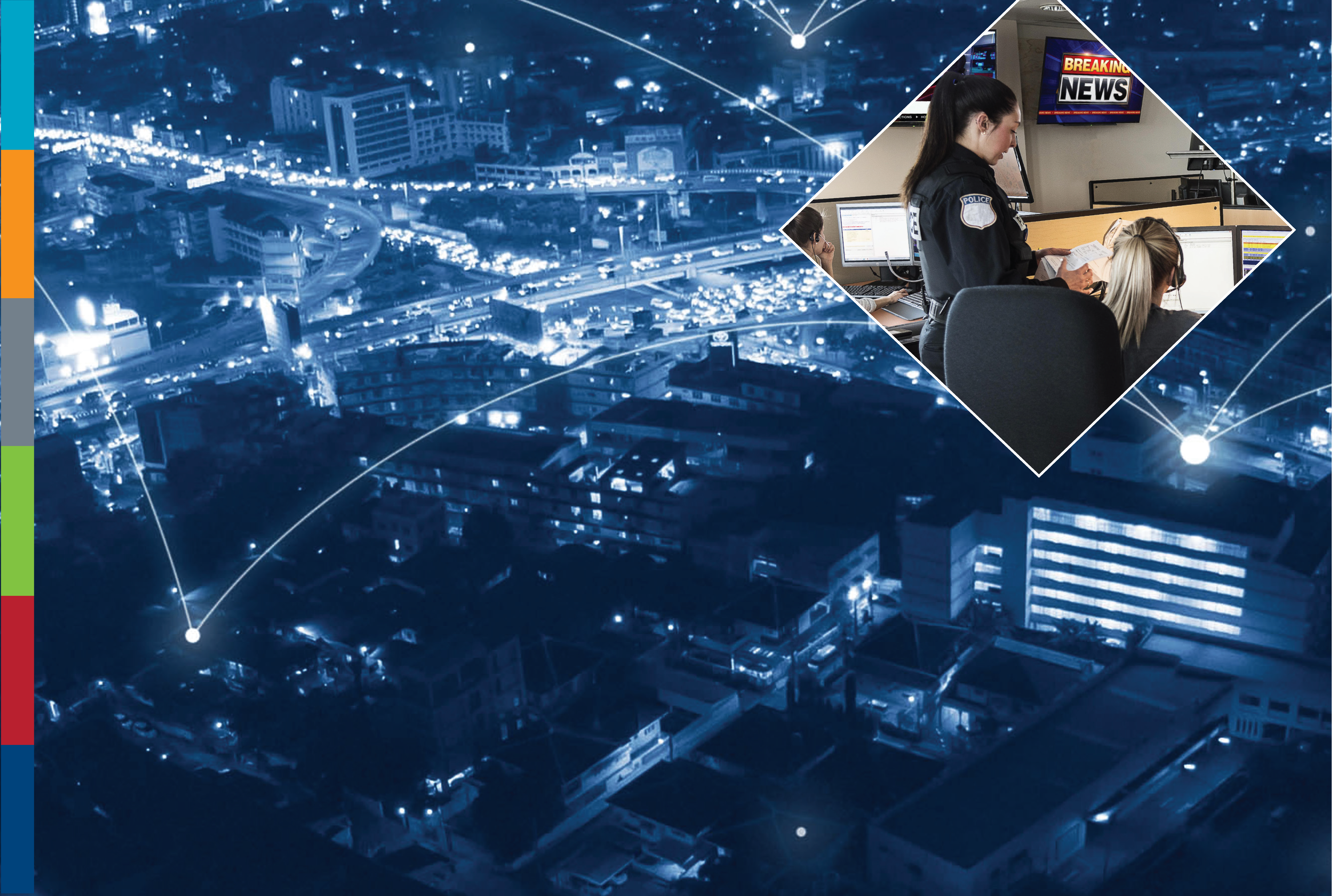Smart city technologies will give PSAPs new opportunities to become more proactive, improve situational awareness, and accelerate response times. Daniel Biagé explains.
Smart cities are a hot topic these days. Powered by the latest advances in wireless technologies, smart cities will use the Internet of Things (IoT) to connect and automate processes, devices, and systems. Smart cities will operate in more efficient and environmentally friendly ways. They’ll deliver services more cost effectively. Perhaps most importantly, smart cites will be safer cities.
In smart cities, applications ranging from smart street lighting and traffic management to connected emergency response vehicles will help improve public safety. The same technologies that power these smart city applications also give PSAPs new opportunities to improve the way they work before, during, and after emergencies.
Here’s a brief look at just three ways PSAPs will be able to leverage smart city technologies to work smarter.
Sensor Data Enables Faster, More Proactive Operations
In smart cities, sensors will monitor all kinds of physical and environmental changes and automatically send notifications when pre-set thresholds are crossed.
Sensors can monitor:
- Heat, smoke, chemical, and gas levels
- Shock, impact, and vibration levels
- Unexpected sound levels
- Vehicle tilt levels
With instant access to data from sensors, PSAPs can learn about emergencies and potential emergencies and start acting on the situation before anyone has a chance to call or text about it.
Sensors along roadways give PSAPs real-time information about road surface, weather, and traffic conditions so they can guide emergency response teams on the fastest route to incident locations. When first responders arrive on the scene, PSAPs can use sensor data to warn them about:
- Areas of a building where heat, smoke, chemical, or gas levels are too high for safe entry
- Physical infrastructure that’s been structurally compromised
Street-Level Networks Improve Situational Awareness
Smart cities will rely on broadband wireless networks that are based on small cells — short-range cellular communications equipment that can be hidden in streetlight poles, park benches, and other city infrastructure.
These seamless, low-latency networks will transmit data from many more surveillance cameras and microphones than is possible today. Access to data from these monitoring devices helps PSAPs evaluate the severity of incidents and the emotional and physical state of the people involved.
Street-level networks also enable more reliable, real-time communications between PSAPs and first responders and among agencies to drive new levels of interoperability and cooperation.
Drones Provide Broad Visibility
Drones are getting bad press these days due to their potential to interfere with airline traffic. But, they play important monitoring and inspection roles in smart cities.
With the ability to manage video footage and images captured by camera-equipped drones, PSAPs will have an overhead view of events so they can give emergency response teams crucial insight into:
- The scale of fires
- Human or animal movements
- The scope of natural and human-caused disasters
- Specifics about traffic accidents
Drones can even be equipped with wireless communications technology to quickly strengthen communications capabilities in areas with poor connectivity.
More Ideas to Consider
This blog offers just a few ideas to get you thinking about the different ways PSAPs will be able to use smart city technologies to improve their operations.
For more insight, read our guide:
What Smart Cities and IoT Mean for PSAP Operations


